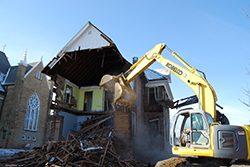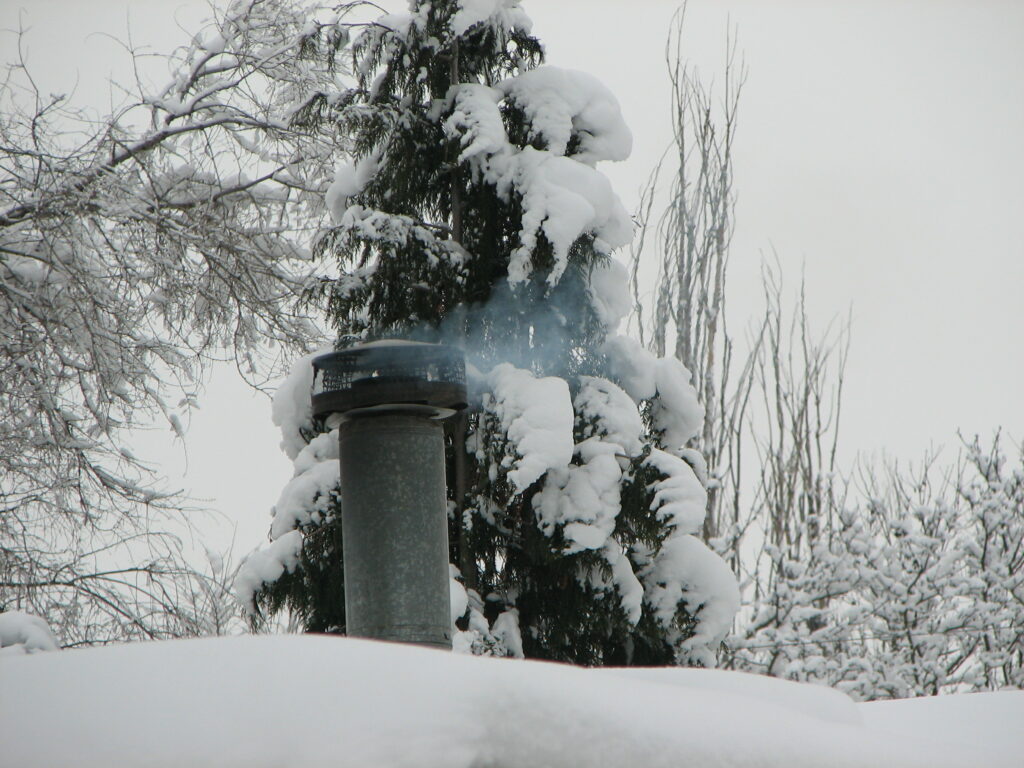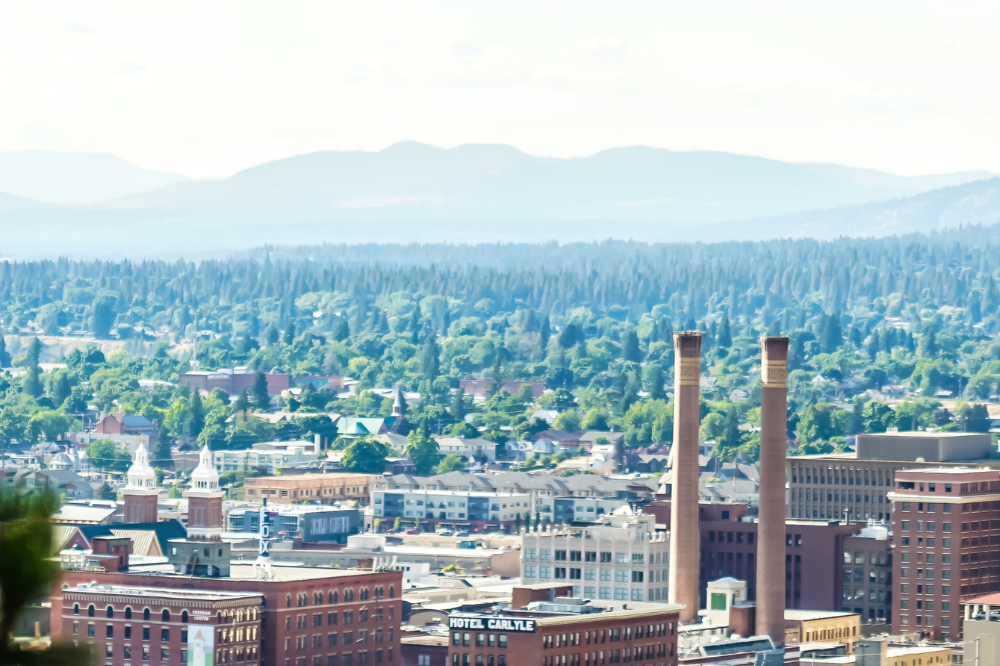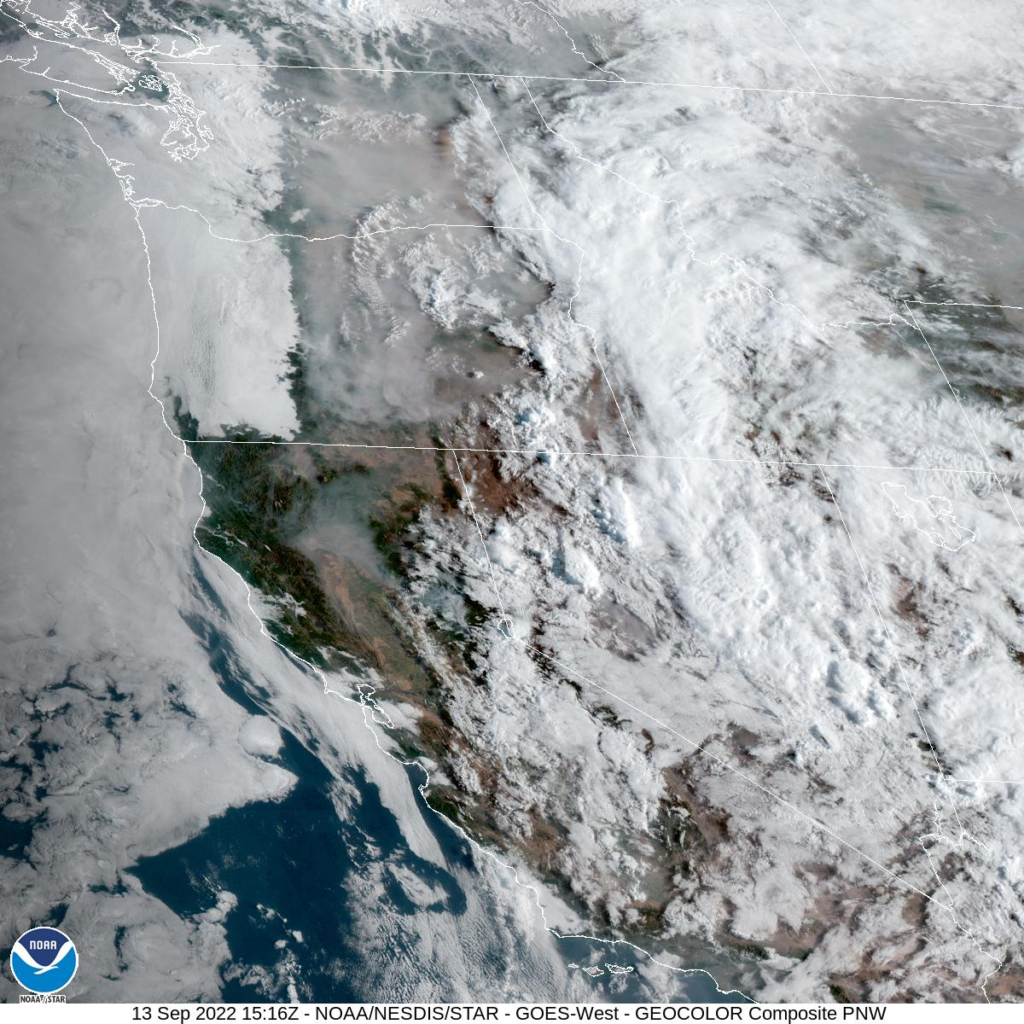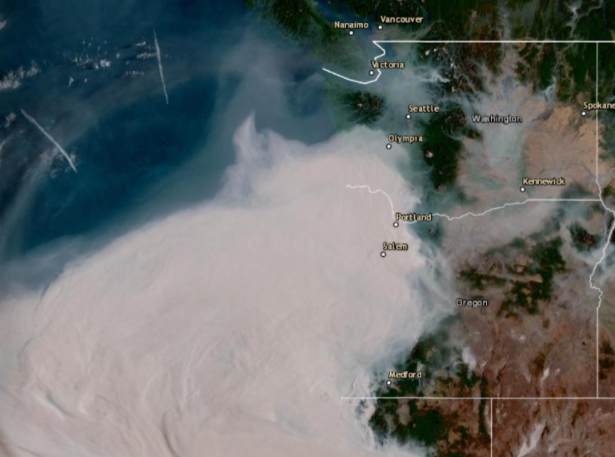
Summer is in full swing and so is the heat. Temperatures have now settled into the seasonal upper 80s and 90s. As the temperature increases, so does harmful, ground-level ozone pollution. So what exactly is ozone and why should I be concerned.
Good up high, bad nearby
Ozone can be found in two locations – in the Earth’s upper atmosphere where it protects us from UV radiation and at ground-level on the Earth’s surface. When ozone is found at ground-level it is a harmful air pollutant that is a key component in smog. Exposure to elevated ground-level ozone pollution can cause respiratory problems and aggravates asthma in children.
Healthy adults can experience a 15-20% reduction in lung function from prolonged exposure to low levels of ground-level ozone pollution.
Nothing emits ozone directly to the air, it is formed photochemically

Ground-level ozone pollution is formed by photo-chemical reactions between oxides of nitrogen and volatile organic compounds (VOCs) in the presence of sunlight and heat. Because of how it forms, ozone pollution is only a concern during the hot, summer months – typically late June through August in Spokane.
During the summer, it’s important to monitor the Air Quality Index and take health-based precautions. When ground-level ozone pollution reaches unhealthy levels, limit strenuous outdoor activity. If you exercise outdoors, do so early when ozone pollution is lower. Also, pay attention to respiratory symptoms such as coughing, wheezing, discomfort. See your health care provider if necessary.
Action Day Tips: Days when temps reach 90 degrees and hotter, ozone can reach unhealthy levels:
- Conserve electricity and set your air conditioner at a higher temperature.
- Choose a cleaner commute—share a ride to work or use public transportation. Bicycle or walk to errands when possible.
- Refuel cars and trucks after dusk.
- Combine errands and reduce trips.
- Limit engine idling.
- Use household, workshop, and garden chemicals in ways that keep evaporation to a minimum, or delay using them.
- Use manual or electric yard and garden tools.
- Hold off using gas-powered lawn equipment until evening or a cooler day.
- If you use a charcoal barbecue, start it with an electric probe instead of lighter fluid.
Here is a 53-second video about ozone pollution.





